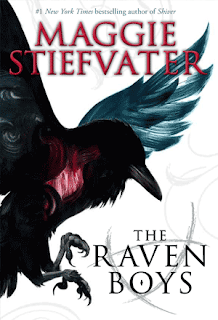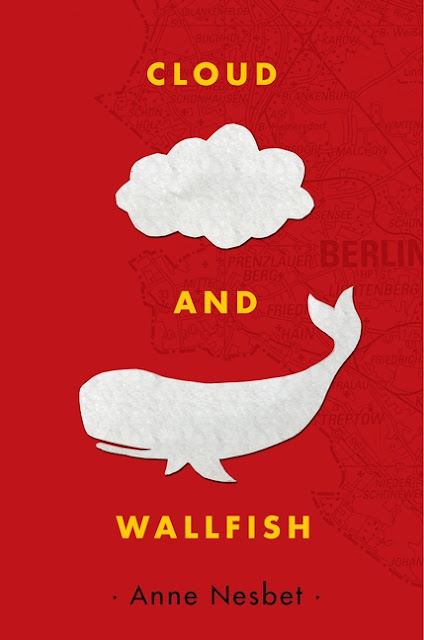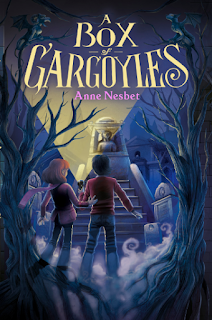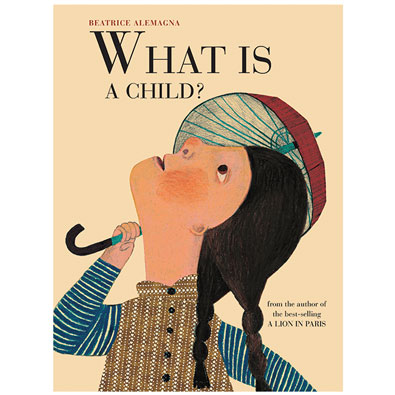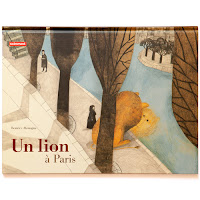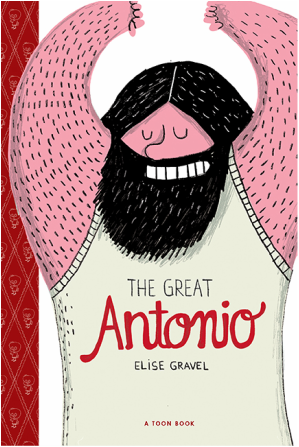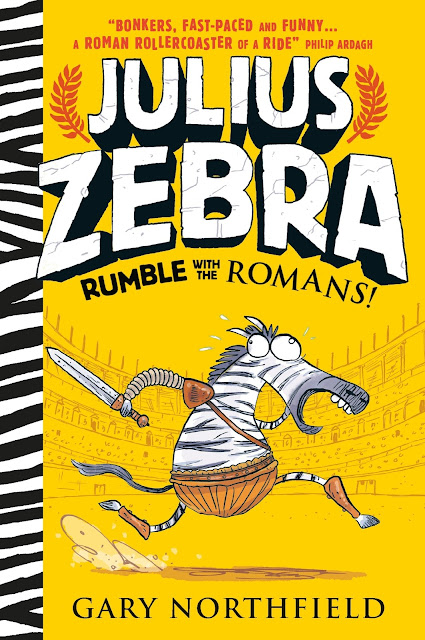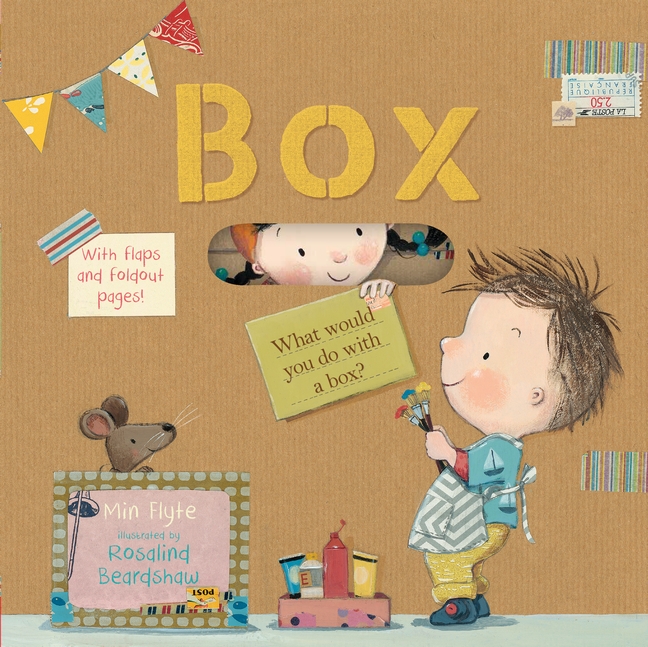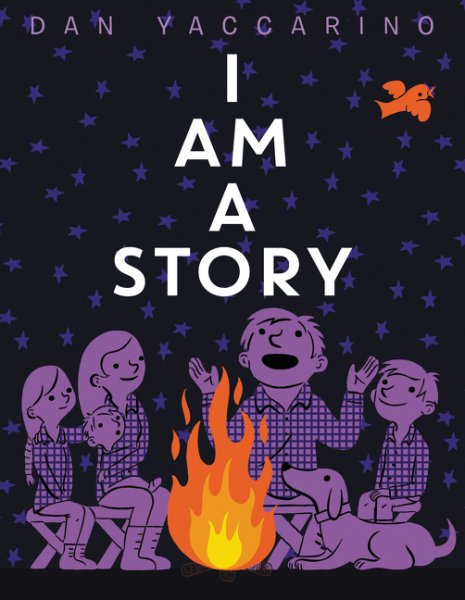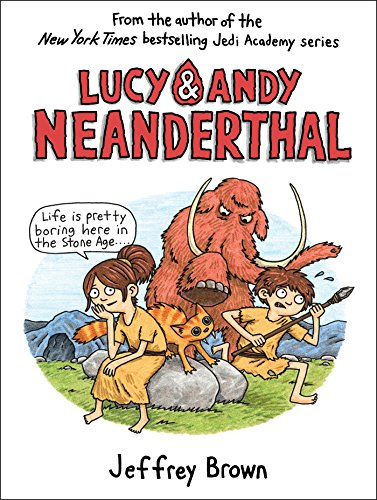The Raven Boys by Maggie Stiefvater came out in 2012 to rave reviews and awards. The fourth and final book in The Raven Cycle, The Raven King, just came out this April. I'm a pretty late to this bandwagon, but if you are not already on it and you like psychic phenomena, Welsh kings and/or private school boys, jump on NOW.
When I was a kid, I was fascinated by the psychic world and, slightly less so, the spiritual world. ESP and ghosts were my thing, with maybe some spells thrown in. This was well before Harry Potter, the Long Island Medium or Wiccan being an (almost) household word, so I was not especially well informed. But, The Raven Boys should be deeply satisfying to any young reader today with similar tastes. I know my 13-year-old self would have been obsessed with it and probably slept with it under my pillow.
16-year-old Blue Sargent lives at 300 Fox Way in Henrietta, Virginia with her mother, Maura, and assorted aunts, cousins and friends, all of whom are women who have assorted psychic abilities, and all of whom have agreed that, "If Blue was to kiss her true love, he would die." Blue is not too bothered by this, deciding that she will never fall in love. The Raven Boys begins with Blue and Neeve, Maura's visiting half-sister who is a celebrity psychic, sitting in a churchyard as midnight approaches, waiting for St. Mark's Day and the trail of spirits who will die in the next twelve months to come walking along the Corpse Road. Blue, while having no psychic powers of her own, does seem to act as an amplifier for the powers of those near her. As the spirits arrive and Neeve sees them, asking their names so Blue can write them down, Blue realizes that she can see one of the spirits. She is shaken by how young he is and asks him his name (it's Gansey) noticing that he is wearing the sweater of Aglionby,(pronounced, according the the audio book and Stiefvater's twitter feed, AGG lyn bee) the local boarding school for the children of politicians and other wealthy types. Neeve tells Blue that there are only two reasons a non-seer would see a spirit on St. Mark's Eve, "Either you're his true love, or you killed him."
Do you even need to know more? The raven is Aglionby's mascot, as well as the bird of Glendower, the Welsh king who Gansey (of the dying spirit) believes is interred somewhere near Henrietta. The Raven Boys of the title are Gansey and his three friends, Ronan, Adam and Noah. Stiefvater does as masterful job crafting these palpably real characters and bringing the town of Henrietta, with its ley lines and other magical hot spots, to very vivid life. Gansey is sort of a trust-fund-teenaged-Indiana Jones who has a knack for finding artifacts, a knack that has led him to Henrietta and Aglionby Academy, drawing a circle of friends around him, through his charisma, wealth and genuine passion, that will work together to find Glendower. Buy the book (or the audio, marvelously read in a gently musical Southern accent by Will Patton) and buckle up for a long ride down a country road in the Pig (Gansey's classic Camaro) that you won't want to end.
Once you do begin reading The Raven Cycle, be sure to check out this website: Recaptains, which is dedicated to reminding readers what happened in the last book in a series before beginning the next one. And be warned, this site is riddled with spoilers. But, if you've already read these books or don't mind spoilers you HAVE to read the summaries of the first three books written by MAGGIE STIEFVATER HERSELF!!! She is HILARIOUS while also writing a masterful summary of her books.
More books by Maggie Stiefvater
Source: Purchased Audio Book

